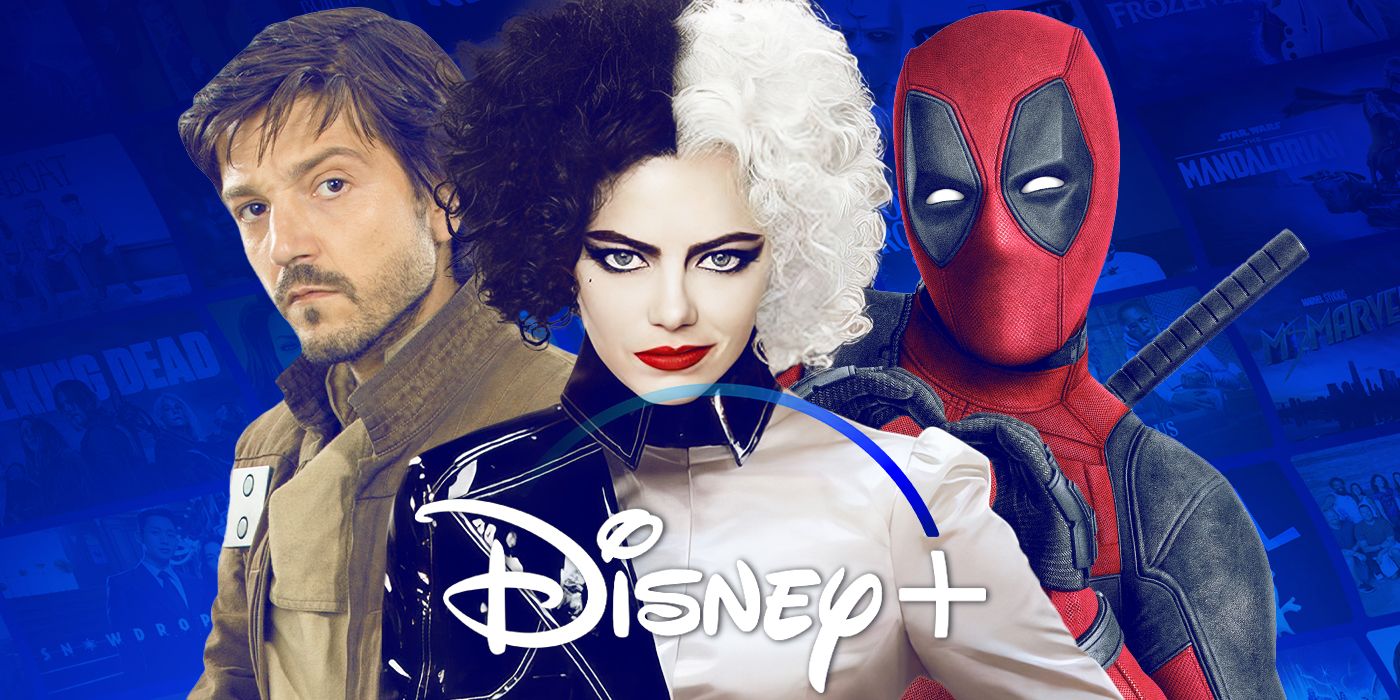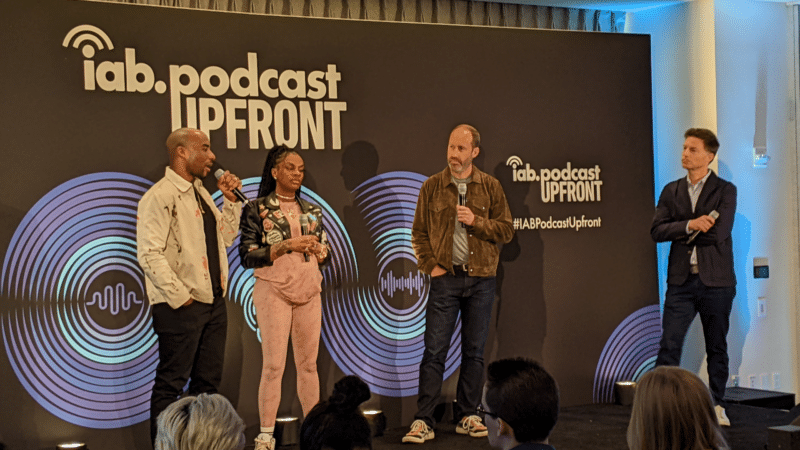(This is the second in a series about how generative AI is impacting marketing. The first part is The rise of generative AI.)
Despite the proliferation of visual content, words and text are still the mainstay of digital marketing. Without words to provide context, our images and videos wouldn’t have the meaning we all so desperately crave. Our content often revolves around words — from calls-to-action to product descriptions to social posts — marketers rely on language to tell a story.
Over the years we have gained access to many tools to help us edit, optimize, refine and improve our written content, but none have offered anything close to the capabilities of generative AI.
Generative AI uses large language models (LLM) trained on terabytes of data that allow us to enter simple, conversational requests or prompts to produce almost anything within seconds. Blog posts, eBooks, email and social post copy, and visual assets like images and videos are available with the push of a few keys on your keyboard.
As with any new tool, we’re still learning its capabilities, limits and how to best utilize it to get the results we want. This learning phase is made more complex by the huge number of marketing-focused, third-party AI tools being released. Many of these help with specific text-based tasks like SEO, website, blog and social media copy creation. AI capabilities are also being added to industry-standard tools like WordPress, Microsoft 365 and marketing automation platforms. This explosion of options promises to make our jobs easier, but requires MORE time initially, as we find the right tools to use.
ChatGPT is all you need
My findings after using genAI tools for text like Copy.ai, Jasper and dozens of others, are that they aren’t as good as the stand-alone version of ChatGPT. I strongly believe if you conquer the initial learning curve of the ChatGPT interface, you will get better results than with the third-party tools that are an additional layer between you and the LLM. Those tools will be quickly replaced by better ones integrated within our current workflows but the LLM itself isn’t going anywhere. Becoming comfortable working directly with LLMs like ChatGPT is a skill that can only serve you well, even when these tools become easier to use and more integrated into our current technology.
Dig deeper: How the rise of AI makes people more important in marketing
Currently, OpenAI’s ChatGPT has the lion’s share of users; however, others like Google’s Bard and Meta’s Llama, may someday reign supreme. And while it’s far too early to predict a winner, my money is on ChatGPT.
Top marketing use cases
Just because you CAN use a tool for a thing, doesn’t mean that you SHOULD. So, let’s explore the best ways marketers can use text-based, genAI tools like ChatGPT. There are three major areas where I’m finding the most value:
- Ideation — This includes the creation of outlines, suggested topics, campaign themes, target user and persona considerations, and so much more. This is the area where I get the most excited and the type of work that has been keeping me up at night. I treat ChatGPT like a creative companion that keeps me focused on my target user (YOU, my dear reader!) and helps produce creative ideas to provide valuable and engaging content.
- SEO copywriting — Any copy that is meant to be read by a machine, like Google’s web crawler, can be produced by a machine. ChatGPT is great at writing optimized copy, meta-data, blog posts and any text-based content SOLELY meant to help boost your organic rankings.
- Brand voice — Copy that is meant to be read by a human, shouldn’t be exclusively written by a machine. However, AI tools can help guide humans to consistently produce content in a specific style, tone and voice.
Throughout this series of articles, I’ll expand upon these specific use cases, but for today let’s focus on the challenge of writing in a consistent brand voice.
True or false: ChatGPT can’t write in my brand voice?
False. ChatGPT can absolutely write in your organization’s brand voice! In fact, ChatGPT, along with the prompt management tool called AIPRM, can provide your team with access to specific style guidelines and guardrails that can help with the consistency of your messaging. I’m not suggesting you use the content produced “as-is.” It will require some editing. Humans need to write copy for humans, remember? However, the tools and analysis ChatGPT provides on your brand’s voice can help guide the conversation.
In order to train ChatGPT to imitate your brand voice, you first need to teach it about your brand’s tone, style and values. You can do this by simply copying and pasting examples of content written in that style into the ChatGPT interface. It can then provide an in-depth analysis of that specific style and offer writing tips on how to achieve it. And, YES, even produce content from scratch that imitates it. Don’t believe me? I have crafted a Brand Voice Imitation Game tutorial as part of the #AIMarketingRevolution challenge that shows you how!
This has proven to be such an effective use of genAI that many marketing AI tools are incorporating their own version of brand voice imitation capabilities. These tools allow marketers to create and save several different styles and then use the saved style when producing content. If you want something that’s more plug-and-play, Copy.ai offers a great free solution. However, the results I got working directly with ChatGPT were far better.
While it’s too soon to commit fully to one text-based, genAI tool, the time is NOW to start learning the new skills required for getting valuable output. Soak up all the training you can find on how marketing leaders are using text-based, genAI tools. Resources such as LinkedIn Learning, Coursera and other online learning communities offer courses on the specific areas of AI that are of the most interest.
Being involved with marketing industry publications and associations like the Content Marketing Institute, the AI Marketing Institute, B2BMarketingProfs and Martech.org is the BEST way to stay up to date on AI marketing trends, training, articles, research and events. You can stay tuned for more posts in this series, which will be published here in the coming weeks, and will be featured in my twice-monthly XR/AI Marketing Brief.
Finally, I can’t emphasize enough how important it is for us to roll up our sleeves and test these tools ourselves. Learning how to best prompt conversational AI models is a skill that will be required for almost everyone and everything. Marketing is just one area where we’ll need to collaborate with AI. Eventually, this will expand into entertainment, education, healthcare, retail and more.
function getCookie(cname) {
let name = cname + “=”;
let decodedCookie = decodeURIComponent(document.cookie);
let ca = decodedCookie.split(‘;’);
for(let i = 0; i <ca.length; i++) {
let c = ca[i];
while (c.charAt(0) == ' ') {
c = c.substring(1);
}
if (c.indexOf(name) == 0) {
return c.substring(name.length, c.length);
}
}
return "";
}
document.getElementById('munchkinCookieInline').value = getCookie('_mkto_trk');
The post A marketer’s guide to AI: Working with text generators appeared first on MarTech.
























































![Key Metrics for Social Media Marketing [Infographic] Key Metrics for Social Media Marketing [Infographic]](https://www.socialmediatoday.com/imgproxy/nP1lliSbrTbUmhFV6RdAz9qJZFvsstq3IG6orLUMMls/g:ce/rs:fit:770:435/bG9jYWw6Ly8vZGl2ZWltYWdlL3NvY2lhbF9tZWRpYV9yb2lfaW5vZ3JhcGhpYzIucG5n.webp)
















